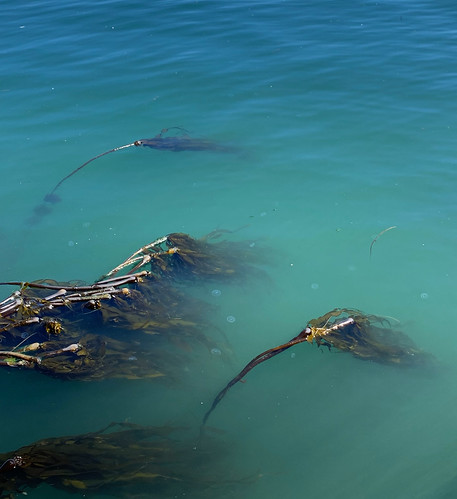It’s hard to believe a year has passed already! I’ve been working with colleagues at The Nature Conservancy (TNC) to write a report exploring the state of the science for Oregon’s Blue Carbon ecosystems. The report gives a broad overview of existing science of blue carbon pathways in Oregon—including opportunities, limitations, and uncertainties—to a stakeholder audience who may not be familiar with the details of blue carbon as a natural climate solution. We found that extensive research has already been done within Oregon’s tidal wetland ecosystems to understand the dynamics of carbon sequestration and storage within estuaries. There are demonstrated benefits of conservation and restoration on maintaining and expanding Oregon’s natural carbon sinks. The remaining questions are focused on the magnitude of climate mitigation benefits at a site-scale and determining restoration opportunities. Nearshore blue carbon, on the other hand, needs more research. We know that our ocean ecosystems like kelp forests are highly productive, but it is critical to determine the likelihood and amount of carbon that ends up in stable ocean carbon sinks. More details can be found within this report, linked here.

I’ve had lovely opportunities to share what I’ve learned with several audiences over the last few months. I was invited to speak about the work of NGOs for a conservation biology class of undergraduates at the Oregon Institute of Marine Biology. It was a surreal feeling to be on the other side of the classroom since I had been in their seats just a few years prior. I also presented to TNC Oregon’s board about coastal blue carbon as part of the important work we do in Oregon’s estuaries. I felt fortunate as a fellow to be invited into that space to share my work and learn more about high-level functioning and priority setting of an organization like TNC. Lastly, I gave a (long!) talk at the Elakha Alliance’s Sea Otter Symposium where I discussed the details of our blue carbon report and learned about a ton of exciting kelp forest work on the coast.
I’m so excited to continue my fellowship for the next few months and continue sharing about Oregon’s coastal blue carbon and more!


